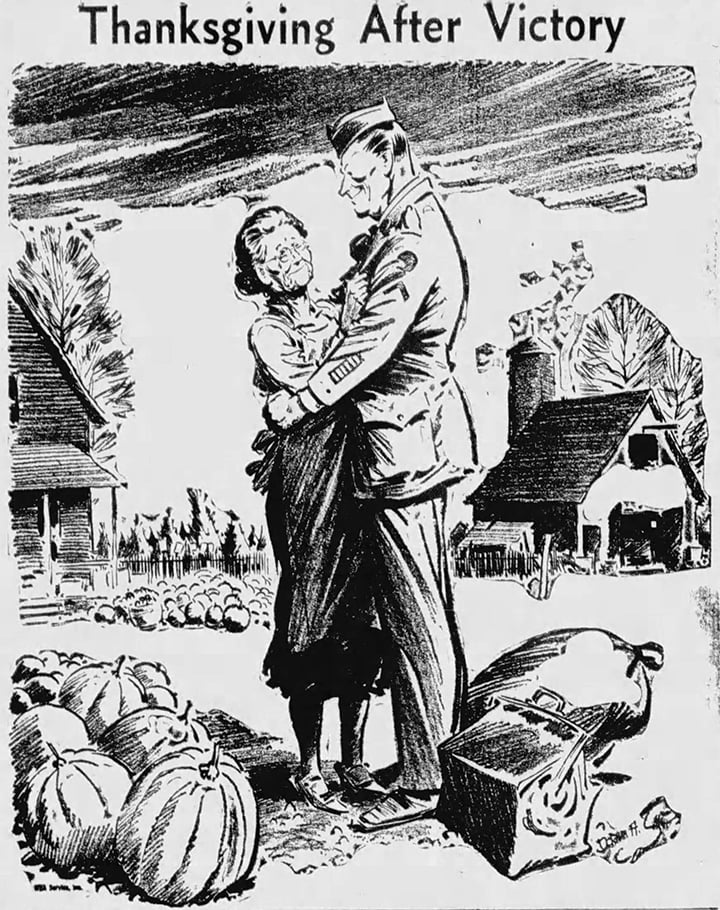By Jeff Rubin
Special to NKyTribune
A friend of mine named Dee recently shared with me a particularly unpleasant experience she had with a young hospital discharge planner regarding her 97-year-old mom in California.
It appears Dee had a heck of a time trying to get her mom discharged to home health care rather than hospice, even though the particular care she needed could have been better delivered at home.
A geriatrician by training, Dee was familiar with the healthcare system and the subsequent limitations imposed on geriatric-funded care. She also recognized the invaluable role of hospice in providing end-of-life care. However, the situation she found herself in was less a question of end-of-life and more of palliative care.

It took weeks before my friend could get her mom out of hospice to get the coverage she needed to improve her situation.
Dee described her experience as “eye-opening,” which left her with an uneasy feeling about how older people are treated within the healthcare system. I am confident that many others have felt the same way.
This begs the question, is there ageism in the healthcare system and if so, how widespread is it?
According to a National Library of Medicine report issued in 2020 on The Global Reach of Ageism on Older Persons’ Health, the answer is alarming.
The report covered some 45 countries, 11 health domains, 25 years of research, and over 7 million participants. It found that ageism led to significantly worse health outcomes in 95.5% of the studies conducted and 74.0% of the 1,159 ageism-health associations examined.
The perpetuation of ageism was also found to be widespread across age, sex, and race/ethnicity of those doing the targeting.
Ageism can be found in the type of treatment older adults receive compared to younger patients, in the patronizing language healthcare professionals may use, or in the tendency to converse with family members rather than the patient when both are in the room.
Ageism can also be found in the barriers older adults face in accessing healthcare due to mobility issues, transportation difficulties, or financial constraints, which the lack of age-friendly services can exacerbate.
Ageism is so ingrained in society that European Geriatric Medicine, a peer-reviewed journal representing original research and reviews on geriatric medicine, recently published a declaration entitled “Carta of Florence Against Ageism.” In it, geriatricians pointedly acknowledged, “We live in an ageist society that rejects and marginalizes older people. Ageism presents older people as worthless, unproductive, frail, and incapable.” Advanced age is viewed as “a period of inevitable decline,” and older people are perceived as “a retired group, not only in the labor force but also in a vital sense.”
Ageism affects most aspects of life, and many people are acutely aware of it when questioned.

A recent study in the US sampling 2,035 individuals between 50 and 80 years of age revealed that 93.4% experienced ageism firsthand. Their perception extended to professionals like doctors, nurses, therapists, social workers, and psychologists whose services included working with older people.
This perception continues to evolve even though we are experiencing a dramatic shift toward a globally aging population. By 2030, all Baby Boomers will have reached the age of 65, Americans 65 and over will have grown from 12% of the total population to 20%, and, according to The American Geriatrics Society’s Workforce Policy Studies Center, approximately 30% of the 65 plus patient population will need to be cared for by trained geriatricians.
Yet despite a projected need for a targeted 30,000 additional gerontologists by 2030, the Geriatrics Society’s Workforce Policy Studies Center reports that:
• Less than 3% of students in medical schools choose to take geriatric electives.
• Only 4% of social workers report receiving geriatric training, and only 24% of Bachelor of Social Work programs offer a certificate in aging or gerontology.
• Less than 1% of all registered nurses are certified in gerontological nursing, and most schools of nursing have no faculty members who are certified in gerontological nursing by the American Nurses Credentialing Center.
• Less than 1% of pharmacists are certified in geriatrics.
Scope of The Problem
As a result of their findings, The Institute of Medicine’s Retooling for an Aging America 2020 report concluded that “the education and training of the entire health care workforce concerning the range of needs of older adults remains woefully inadequate.”
Since home health accounts for some 70 to 80% of the paid hands-on care for older adults, education and training must include nursing, home health aides, and personal and home-care assistants. Consideration must also be given to the 43.5 million unpaid caregivers who annually provide care to someone 50 years of age or older.
More than three-quarters of them feel they need more help and information related to caregiving. One in five informal caregivers who assisted with changing dressings or bandages reported needing more instruction or training in performing these tasks.

Challenge to Healthcare
The Institute of Medicine report cites “lack of faculty, lack of funding, lack of time in an already busy curriculum, and the lack of recognition of the importance of geriatric training” as the main barriers to the appropriate level of training.
Yet, the Institute of Medicine finds that one of the most important and frequently overlooked factors contributing to explaining ageist attitudes is basic human ignorance. They say the lack of geriatric knowledge “is a pervasive phenomenon, often unrecognized by many professionals, both doctors and non-doctors.”
The dangers of such prejudice, stereotypes, and paternalistic attitudes follow various paths that lead to age discrimination in health care. Researchers find that one of the most significant contributing factors is economic considerations, such as time, money, and resources. This often results in the prescriber choosing the easier and more convenient option.
Ageist attitudes among healthcare workers can also affect the quality of care provided to older adults, manifesting as less patience, empathy, and attention to their needs.
Where We Can Start
Addressing Ageism in healthcare requires comprehensive strategies, including better education and training for healthcare providers, policy changes to ensure equitable access to care, and increased advocacy for the needs and rights of older adults.
It should also require implementing programs that raise awareness among citizens and professionals and further target politicians, journalists, and older adults.
Training among healthcare providers must also include:
• Attitudinal training to consciously address unconsciously adopted negative stereotypes about aging.
• Better understanding of age-related conditions.
• Holistic and multidisciplinary approaches involving specialists in various fields, such as psychiatry, physical therapy, and social work.

• More effective communication with older adults experiencing sensory impairments such as hearing loss, vision loss, and cognitive decline.
• There is a need for shared decision-making that respects the autonomy and preferences of older patients.
What You Can Do
The United Nations Declaration of the “Healthy Aging Decade (2021-2023)” identifies Ageism as a “global obstacle that curtails older peoples’ opportunities to contribute to society, realize their full potential, and lead a fulfilling life.”
This declaration has inspired many of my colleagues, and fellow thought leaders from around the globe to promote the fact that the rights of older citizens are no different from those of younger people, that “age is not a disease,” and that we must work together if we are to advance universal acceptance of this fundamental principle.
Jeff Rubin is an internationally recognized speaker, author, and adviser on community and aging issues, having spent over 20 years as a director and facilitator of community service programs at the local, state, and national levels. He lives in Berea. An advocate for “Age-friendly” and “Livable” communities, Rubin is the author of Wisdom of Age: Perceptions and insights from one generation to another. Jeff can be reached at: www.jeff@wisdomofage.net
Resources to help you learn more:
Carta of Florence Against Ageism
The American Geriatrics Society’s Workforce Policy Studies Center






















thank you. I battle this daily with my senior clients and now my family as I have aged. The wisdom this group has is being lost as well as digniy but often health care professional prioritize coordinating their care and communication last and often with gaps. DEI should include those who made us who we are.
Thank you for caring, Joan. I hope you will share this article with others. – Jeff
Thank you for this article.